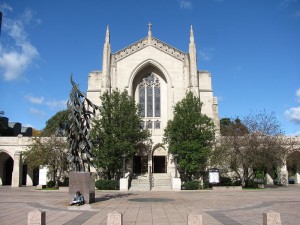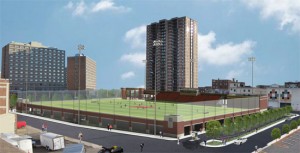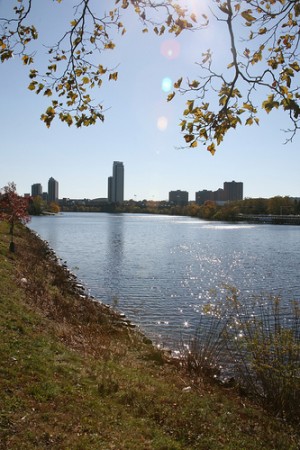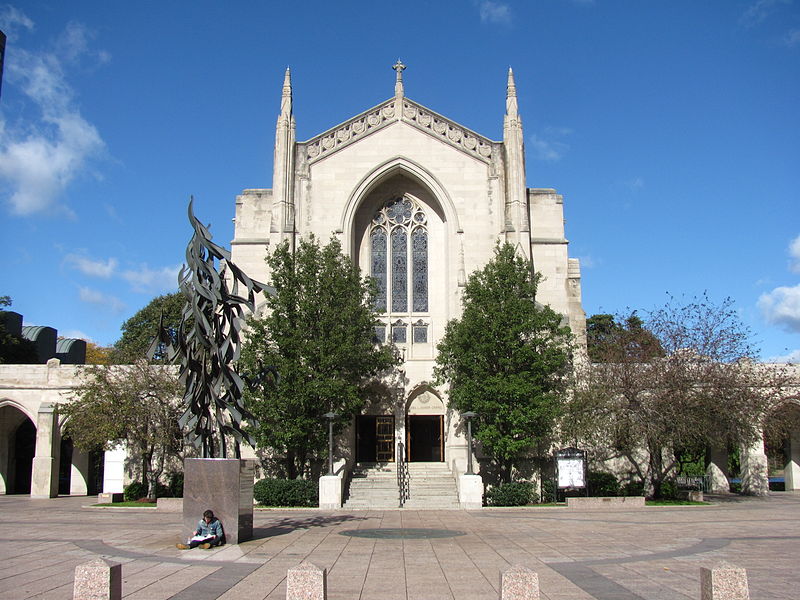
On March 16, Boston University President Robert Brown released the 2012-2013 tuition, room and board rates for the upcoming school year. Tuition tops off at $42,400 while basic room and board stand at $13,190. That’s a total increase of 3.79%, or $2,032 extra that each Boston University undergraduate has to pay.
Many other colleges have released their tuition hikes for the upcoming year as well. Rice University saw a 4.3% increase and Carnegie Mellon a 4% increase for incoming students and 3% for continuing students. Ivy League schools like Dartmouth saw a 4.8% increase, Princeton 4.5%, Cornell 4.4%, and Brown 3.5%. Compared to many private universities, we at BU saw a smaller increase. But the numbers are still staggering when the total cost comes to $55,590.
Meanwhile, the University has been embarking on several impressively large and expensive projects:
- $142 million went to the School of Law expansions and renovation
- There were 51 renovated classrooms, 3 new labs, and 2 renovated auditoriums
- A nine-story, $33 million structure is being constructed in the South End to provide medical student housing
- $65 million has been set aside for the construction of the East Campus Center for Student Services, which will be open in Fall 2012
Most recently, the University announced that the company New Balance has given Boston University a gift of $3 million to create a state-of-the-art athletic field. This will allow BU to have a Division 1 Men’s Lacrosse team, as well as more field space for the other sports. However, this project has an estimated cost of $24 million.
BU’s financial annual report for 2011 claims that the school is “sensitive to the economic environment.” Still, millions and millions of dollars are spent on projects that some people view as unnecessary during a time of financial struggles and a recession in the U.S. economy. In 2011, the University saw a total revenue of $1.65 billion and total expenses equalling $1.55 billion. According to these statistics, BU spends most of its revenue. While it is necessary for a university to want to expand, build, and renovate, it is worth considering whether BU could do so in a cost-efficient manner.

While the new East Campus Student Center will become a great addition to the BU campus and is more cost-efficient than renovating the dining halls in Shelton, Myles, and Towers, there are other places on campus where renovation is badly needed. The School of Education pales in comparison to the bright mass of cement and glass known as the School of Management. StuVi and StuVi2 shine in West Campus, yet the un-renovated brownstones in South Campus seem rundown, with not even a daytime shuttle stopping there to pick up students and bring them to the main part of BU’s campus.
Colin Riley, Executive Director of Media Relations at Boston University, says that BU is a “tuition-dependent school,” and that “all schools do what’s in their best interest.” He read from the institutional master plan that each university drafts to state their upcoming desired projects, which ultimately needs to be approved, to give an idea of what lays in store for BU’s future.
Projects that have already been approved are a new student residence which would house approximately 523 students between StuVi and StuVi2, ultimately becoming StuVi3. BU is also looking to relocate their admissions office to 233 Bay State Road, which is now empty but formerly housed the Hillel building.
Ideal projects, Riley said, include:
- a new 11-story academic building on 645-655 Commonwealth Avenue on the lot where the Campus Trolley currently sits
- another new academic building at 130 Bay State Road
- renovations to the Myles Annex
- Science and Engineering buildings on Cummington Street
But these projects are expensive and will be paid for in part by tuition. Carnegie Mellon and other schools attempt to alleviate the financial burden on their students by varying tuition increases between current and incoming students.
When asked if BU plans on implementing a similar policy, Colin Riley states that it hasn’t been discussed, and instead stressed how BU’s increase is significantly lower that many other schools’ and how we will be seeing a financial aid award increase as well.

Although 57% percent of undergraduates at BU receive some form of financial aid, and with the average award increasing by 5% next year, this is still not enough for many families to be able to afford a private university education for their children in this economy.
Even many public schools, like the California State Universities, have seen a dramatic rise in the price of school. This year tuition has been raised by 9%, more than double the percent of most private universities, for the 2012-2013 school year. While their tuition is not nearly as high as that of private universities, averaging at $7,017, it’s still more than triple the price of education at the CSUs just 10 years ago. Most families cannot afford to send their children to an expensive private university like BU, and soon it looks like they will not even be able to send them to a state school either.
If private universities plan to raise the cost of attending by 3% to 5% each year, by the time our generation’s children are looking at colleges the average cost will come out to be around $100,000 a year.
So even though President Brown says that a 3.79% increase is “among the lowest in the last 40 years,” the increase is only tolerable if they’re spending the money sensibly.

